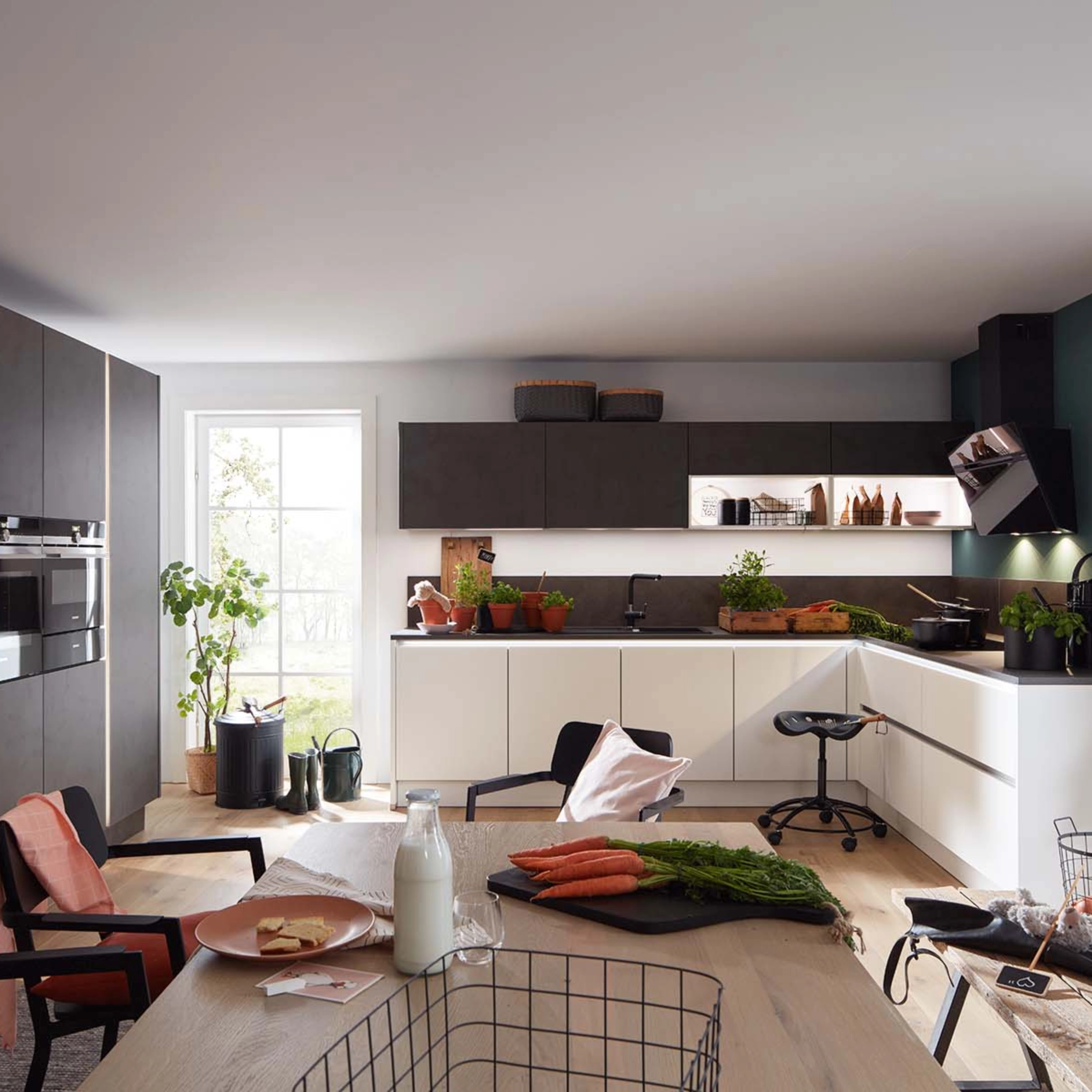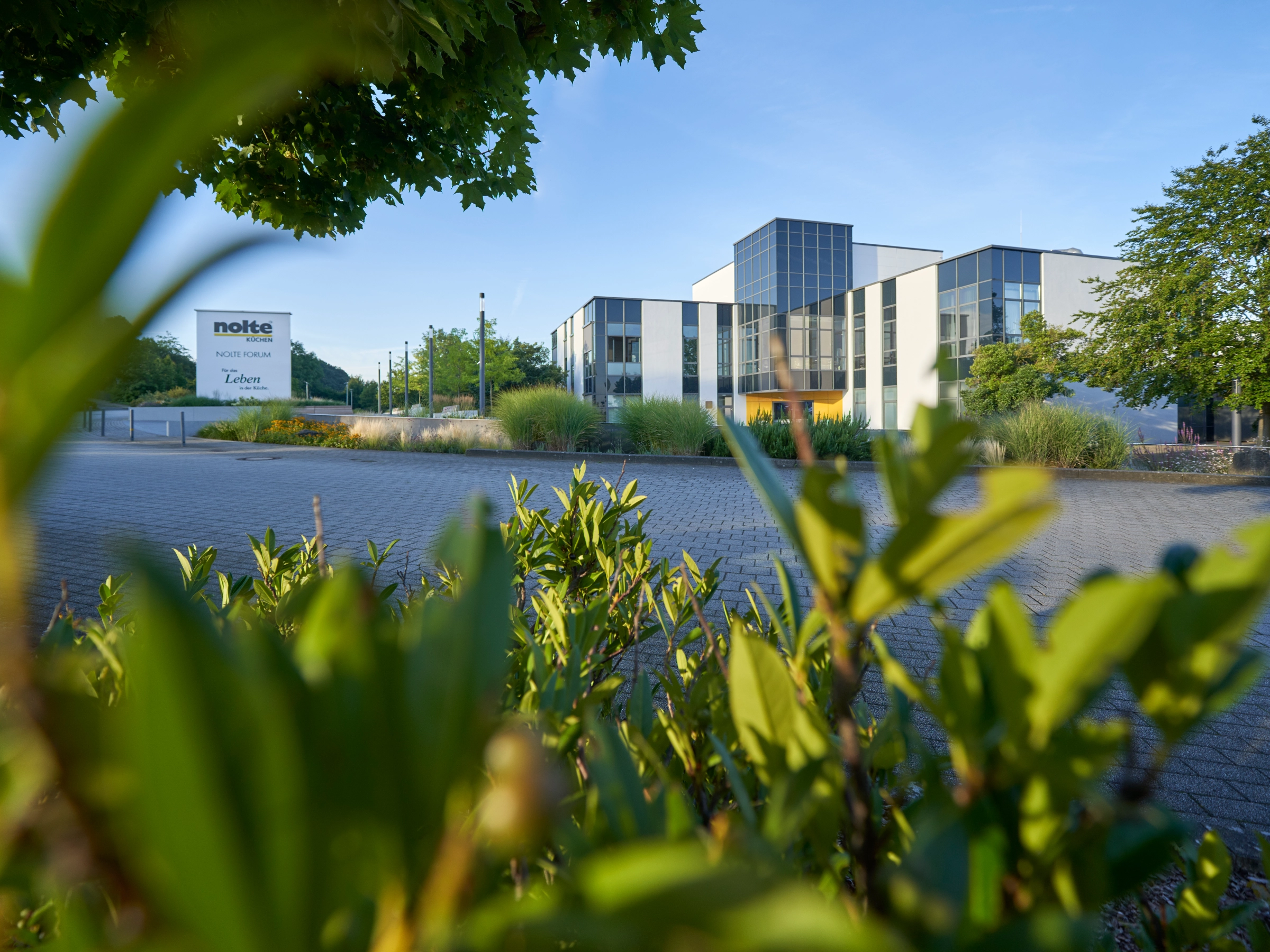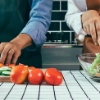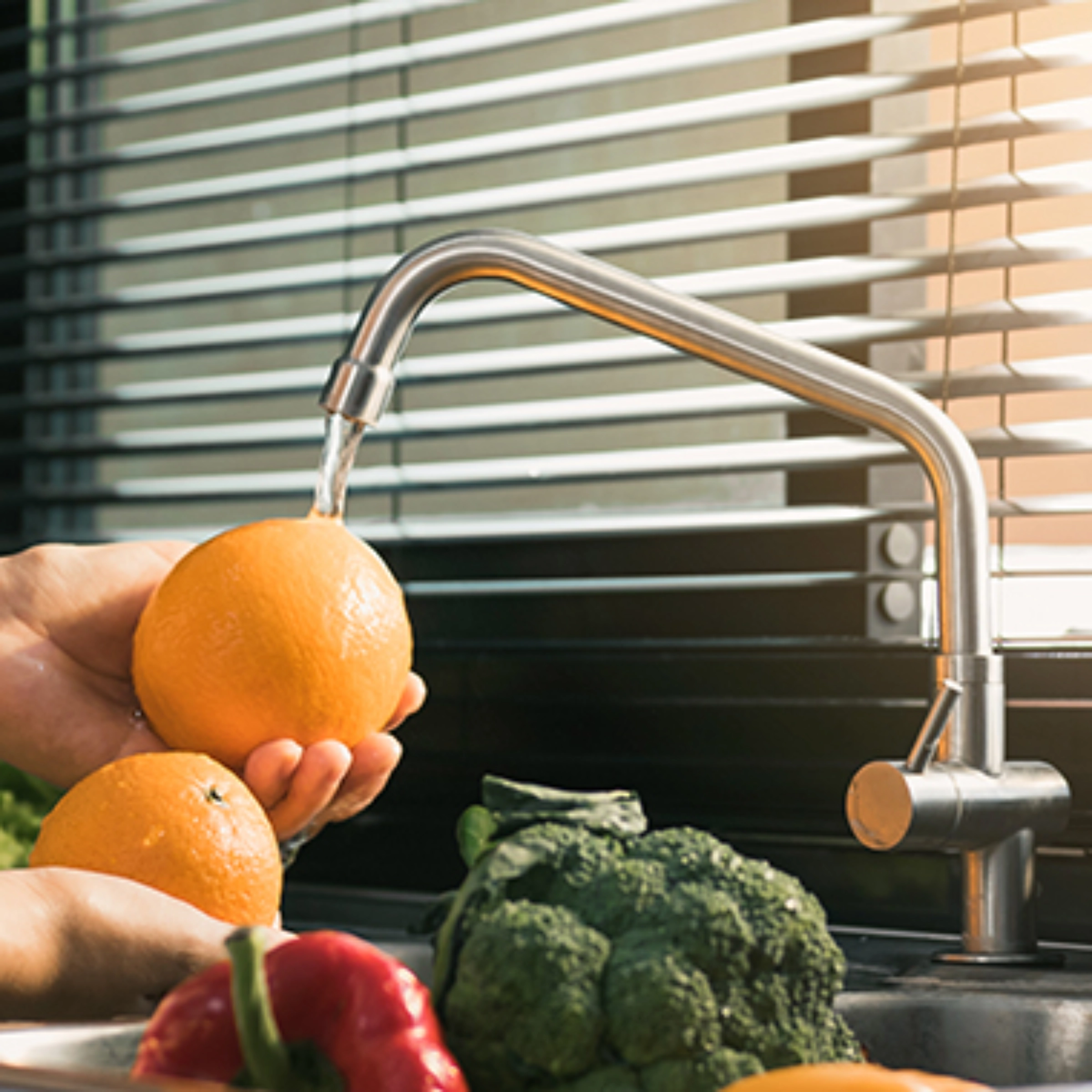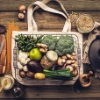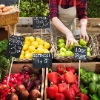Energy-saving cooking
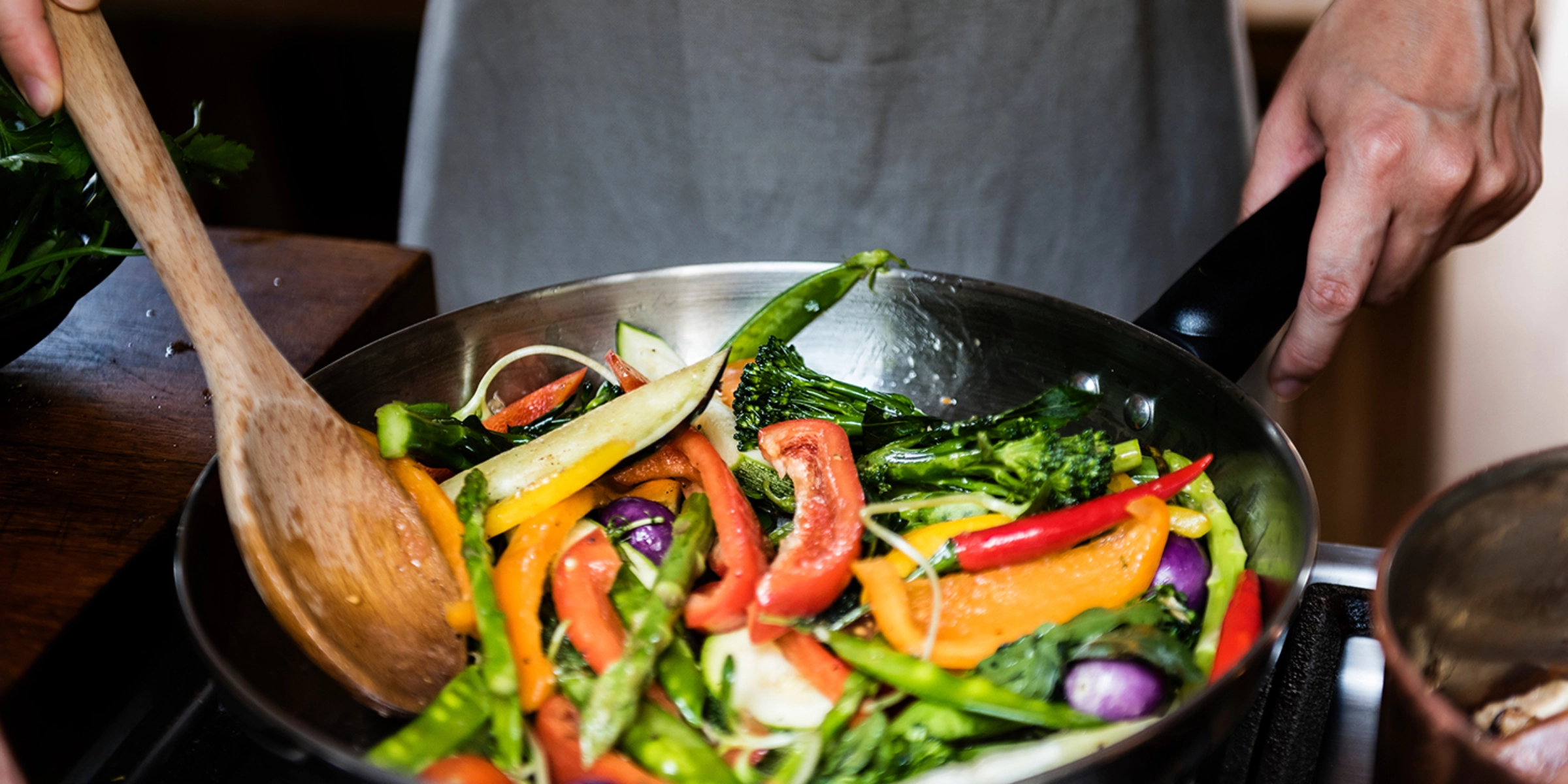
Sustainable energy-saving when cooking not only protects your household budget but especially our environment. Did you know that about 11% of the annual electricity costs in private households are attributed to cooking? Energy-efficient cooking therefore significantly contributes to reducing your electricity consumption. In this post, we share with you the best tips for energy-efficient cooking, from preparation and storage to sustainable utilization of food.
The 3 most important energy-saving tips for cooking
Modern kitchen appliances are an important factor for efficient energy consumption. However, there are several other measures that protect both your wallet and our environment.
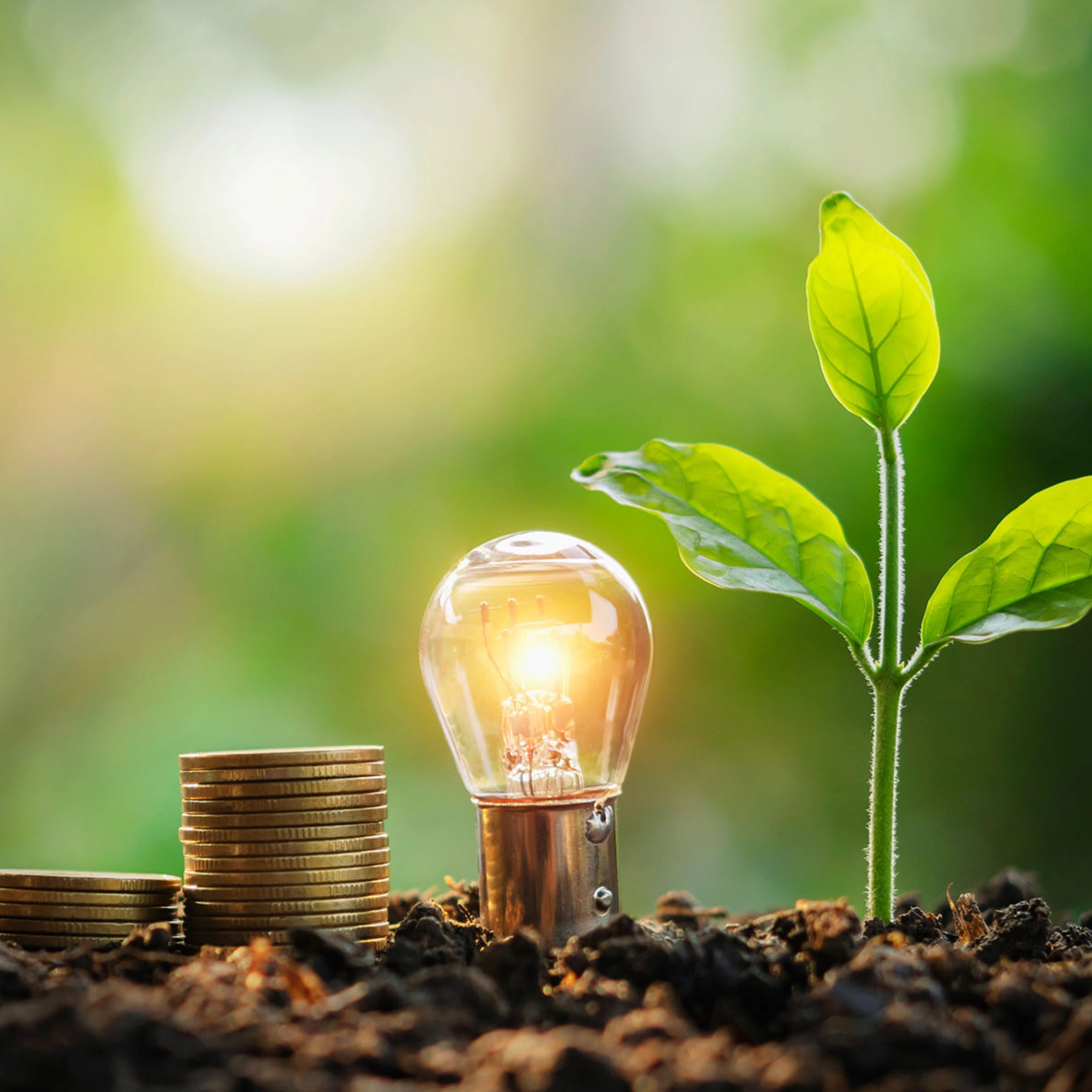
1. Choosing the right cookware
Cookware wears out and deforms over time. Due to this, our pots and pans automatically consume more energy. If the base of older cookware is no longer uniformly flat, heat loss occurs during heating, resulting in increased energy consumption.
When choosing cookware, it can also be worthwhile to opt for dark metals (such as cast iron and copper), as these shorten frying and baking times. Therefore prefer these to ceramic and glass cookware. Lightly coated ceramic or glass conducts heat less effectively and thus requires more time to cook or bake food or cakes through - and therefore uses more energy.
2. The right size and shape of cookware
Not only color and material play a significant role in the energy efficiency of cookware. It is equally important that the pot and pan always match the size of the cooking zone. If the cookware is smaller or larger than the cooking zone, you will consume unnecessary energy.
3. The right lid for every pot
The lid size also plays an important role for optimal energy usage. Regardless of the type of cooker you use: if you do not use a lid, you will consume roughly three times as much energy. Ideally, the lid fits exactly onto the cookware.
Energy-saving cooking:
3 efficient cooking methods
1. Gentle cooking
Gentle cooking not only saves our energy consumption but also ensures that, despite heating, more vitamins and nutrients are retained. Usually, just one to two centimeters of water are sufficient to steam potatoes, eggs, or vegetables.
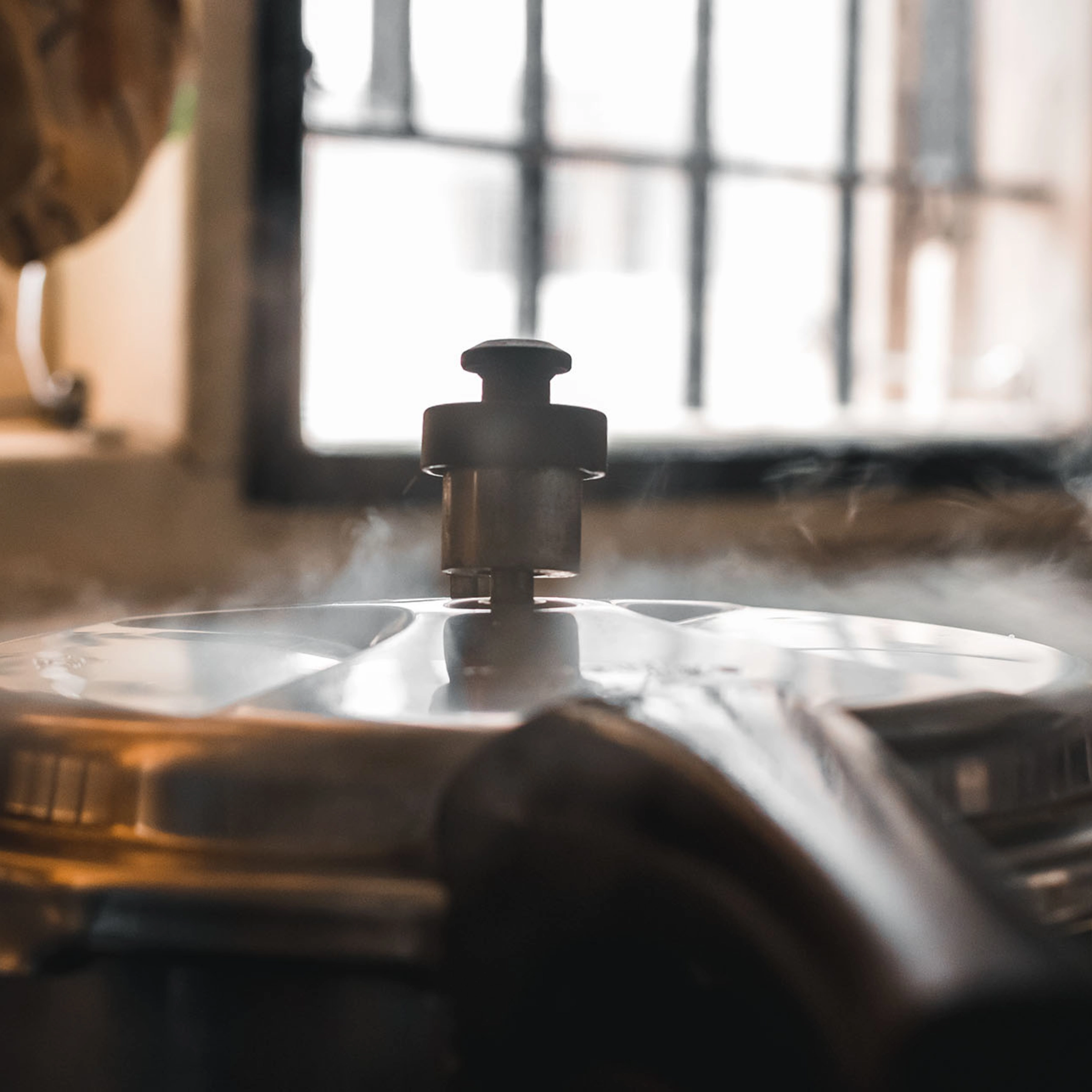
2. Cooking with steam
Steaming has great energy advantages, not only because of the possibility to cook multiple dishes simultaneously. The humid-hot air transfers the heat generated by the appliance more effectively into the food compared to the dry-hot air prevalent in an oven. An oven requires significantly higher temperatures to cook our food thoroughly. Steam, on the other hand, penetrates food much faster and more intensively, without burning it. This not only saves energy, but vegetables, meat, and the like remain crisp, juicy and retain their color.
3. Cooking with the pressure cooker
The principle behind the pressure cooker is very simple: The steam and pressure inside the pot cook food faster and save energy.
The great advantage of a pressure cooker is that the hot steam does not escape. Energy is stored in the hot water, and the pressure increases to around 1.8 bar. As a result, the temperature inside the pressure cooker can quickly reach up to 120 °C.
When used correctly, one can enjoy energy savings of up to 50 percent when using a pressure cooker. However, it is important that the bottom of the pot is flat and fits precisely on the size of the hob.
Using energy correctly when baking and cooking

The right temperature when baking
Modern ovens have a fan-assisted function. Use this whenever possible, as it saves energy: when using the fan-assisted function, you can reduce the baking and cooking temperature by 20-30 degrees and put several trays into the oven at the same time. This noticeably saves energy!
Do not preheat the oven
Before preheating your oven, check if this is really necessary. For many dishes, it is not necessary to preheat the oven.
Use residual heat
When baking or cooking, the same principle applies: switch off or lower the heat on your stove after boiling or 5-10 minutes before removing the baking tray entirely, and continue cooking using the residual heat. Normally, this provides sufficient warmth to cook any dish properly.
Reheat smaller dishes and beverages in the microwave
Smaller dishes and beverages can conveniently be warmed up in the microwave. Usually, this process uses significantly less energy than doing the same with a stove.
Storing and defrosting food correctly
Storing food sustainably
Not only cooking, but also food storage can be done sustainably. Ideally, store your food in an environmentally friendly manner using reusable containers made of glass, stainless steel or ceramic. Storage in aluminum foil or cling film is less advisable, as these options are not very environmentally friendly: The extraction and processing, especially of aluminum, pollute the environment and are also very energy-intensive. In addition, storing food in reusable containers is not just more environmentally friendly, but also keeps food fresh longer than aluminum foil or cling film does.
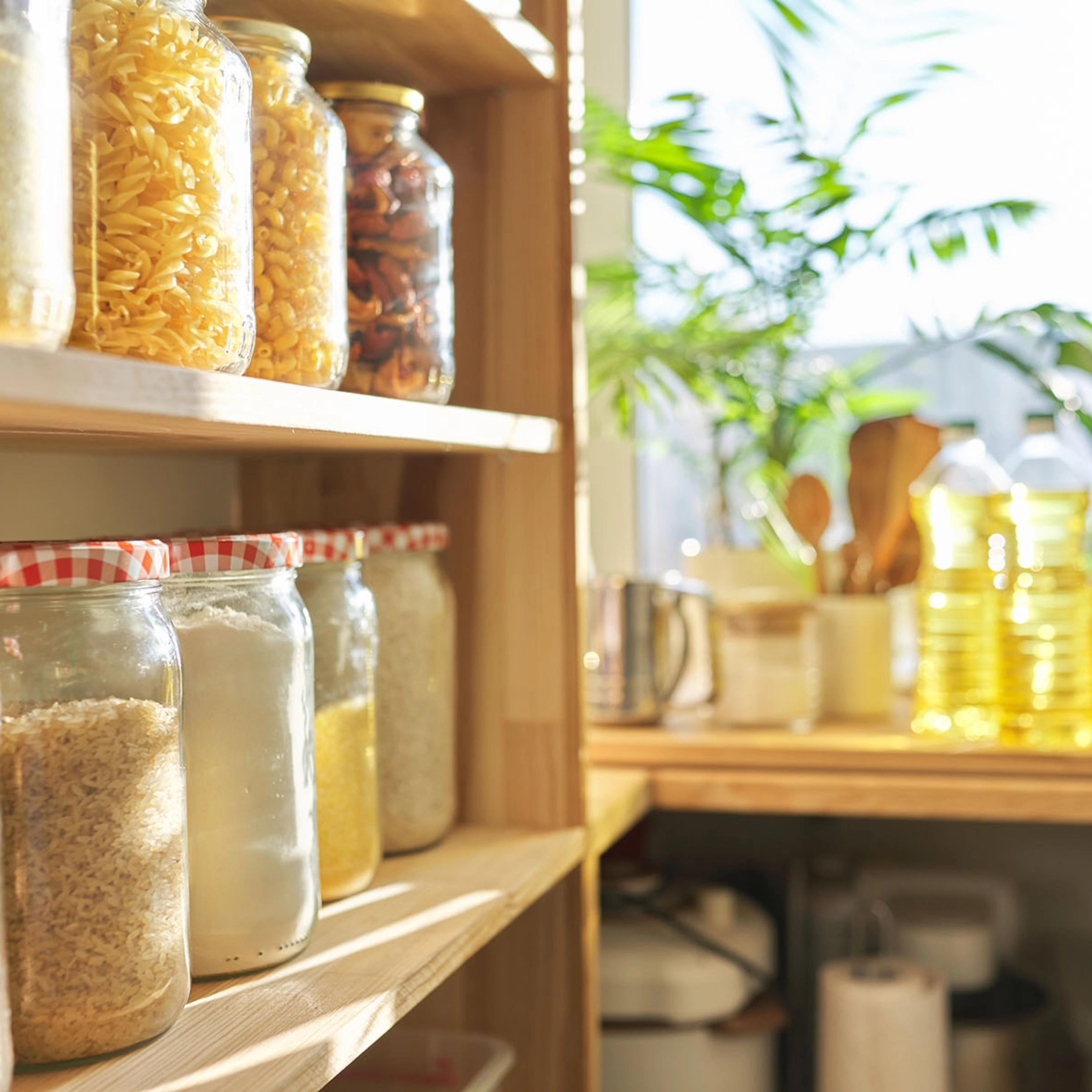
To avoid having the refrigerator run at full speed to keep all goods nice and fresh, your own balcony or terrace can easily be used as a storage area for dishes or vegetables during the winter months. This way, you save space in the fridge, and it will need less energy to keep all foods cool.
Thawing food correctly
You don't always have to use the microwave or the oven's defrost function to thaw frozen food. Quite the opposite: defrosting food in the refrigerator is much gentler, and it also releases cold into the refrigerator, thus saving energy.
By the way, hot dishes should always cool down completely before being stored in the refrigerator.
5 bonus tips for an energy-efficient kitchen
1. Wash fruit and vegetables in an energy-saving manner
You can already take steps to save resources before cooking: it's best never to wash fruit and vegetables under running water, but rather in a bowl filled with water or in the sink. In doing so, you save a considerable amount of valuable drinking water.
2. Ideally, pay attention to the energy label
Energy labels for kitchen appliances can be very helpful for orientation. Devices are classified on an efficiency scale from A to G. This allows consumers to recognize energy-efficient devices more quickly and clearly. Thanks to the QR code on the new energy label, each appliance can be easily identified via the EU database EPREL. Additionally, there is also the possibility to manually find the products in the database using the article number.
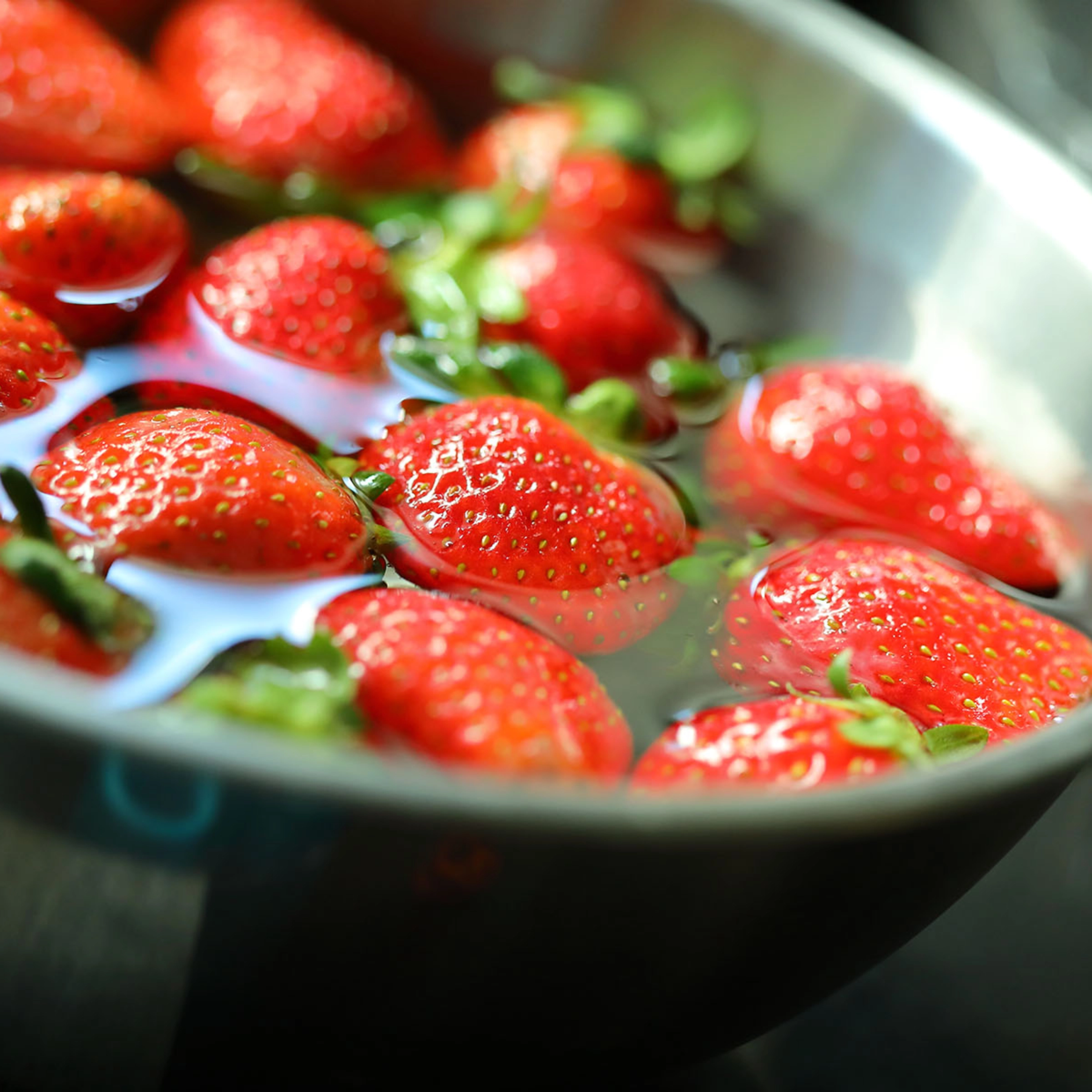
3. Using induction cooktops
Those who forego conventional glass-ceramic cooktops and cook on an induction stove can save up to a quarter of the energy. Stoves with induction cooktops heat up faster and consume less energy than radiant-heated cooktops. It's worth it!
4. Using LED lighting
It is probably already known that LED lighting is significantly more energy-efficient than conventional lighting options such as incandescent bulbs, halogen lamps, and the like. But did you know that you could save up to 80% of the electricity used for lighting? You can apply this advantage when planning your kitchen lighting as well. Switch to LED – the environment and your wallet will thank you.
5. Use of intelligent control systems
Have you ever heard of a smarte Küche or Smart Kitchen? With cutting-edge Smart-Home technologies, it becomes possible to automate numerous everyday household tasks and customize them to individual living requirements. And not just that: This also significantly reduces energy consumption in the kitchen. One example: Temperatures, lighting, and more can automatically be regulated according to actual needs, thus avoiding unnecessary energy usage. Another good idea when purchasing kitchen appliances: Some appliances, such as coffee machines and kettles, automatically switch off after a certain period, thereby preventing unnecessary stand-by operation.
Saving energy when cooking is not rocket science
Cooking is much more than just a necessity; it's rather a part of quality of life. That's why many people still enjoy spending time in the kitchen frequently today—one more reason to also pay attention to energy consumption while preparing, cooking, and baking, and to make this as efficient as possible. Those who cook in an energy-saving way contribute significantly to protecting our environment and also save real money. In summary, it's safe to say you're certainly on the right track if you use suitable and fully functional appliances and use only as many resources as you actually need.
